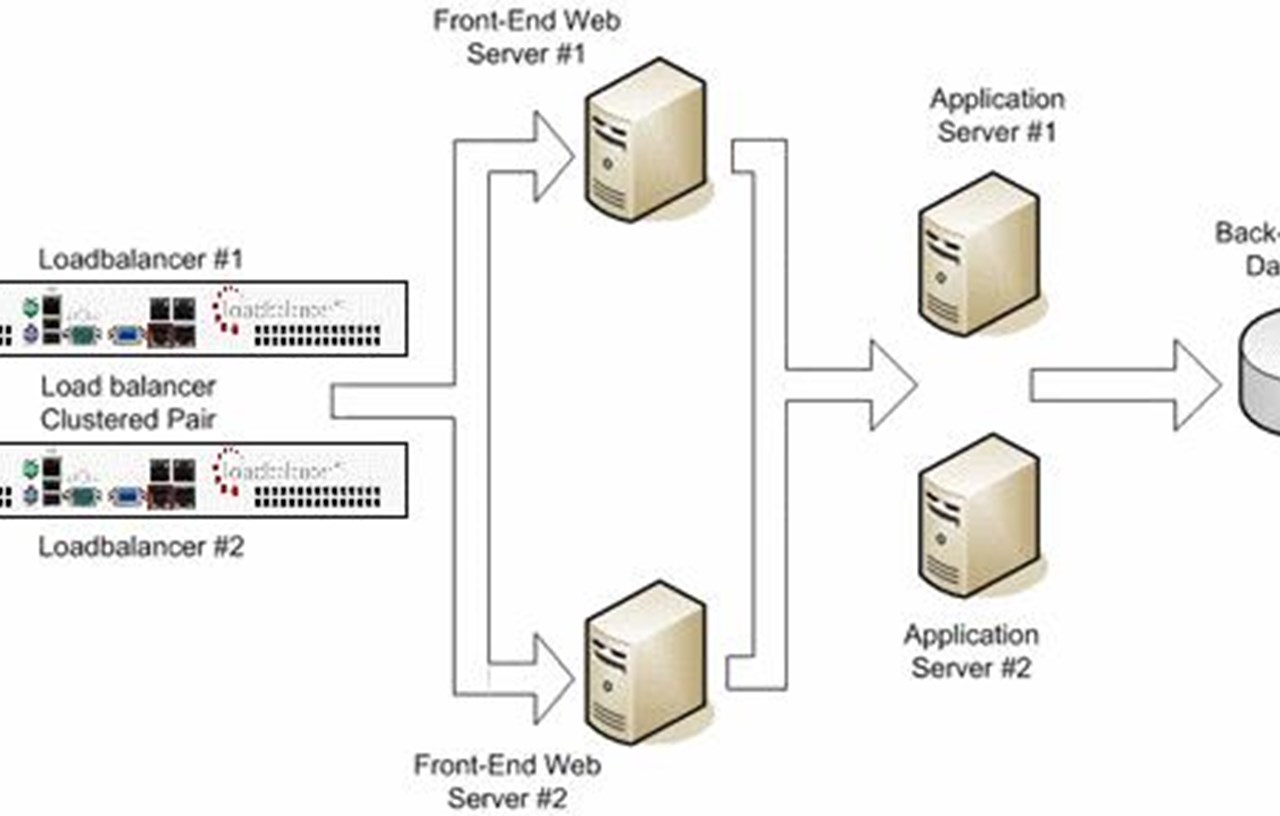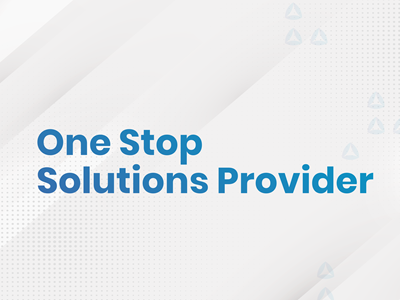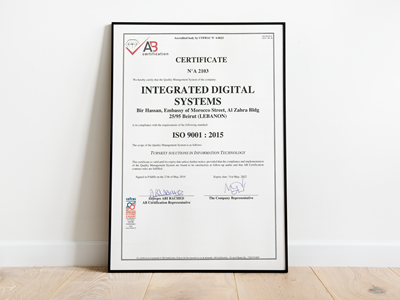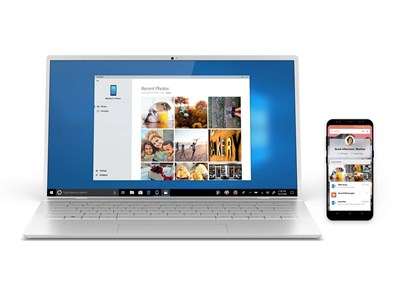Many websites, especially e-commerce websites, witness high traffic spikes such as Black Fridays, Christmas shopping and other events. In this article, we will mention few tips and recommendations, gained from our experience in optimizing web applications, to help websites survive and thrive during high traffic spikes.
- Use Tiered-Architecture: Ensure your environment is built with at least three tiers. The first tier is the load-balancer (preferably a hardware load-balancer), the second tier is the web/app servers (preferably separated into two sub-tiers: the web pages as interface and web services as the business layer, and the third tier as the database servers. This recommended architecture provides the most flexibility and allows the website to easily scale to meet traffic demands.
- Use Cloud Solutions: Using cloud solutions will give you the option of auto-scaling according to your traffic. Cloud solutions like Azure have the capability to create new instances of your website servers based on high resource usage that you can configure. Needless to say, that scaling on cloud solutions is one-click away.
- Test: Testing your application for functionality and performance is critical to a successful high traffic event. Make sure to stress test the website, adjust the configuration, test again and continue to test and adjust until you’re satisfied with the results.
- Optimize: Consider further optimizing the environment by serving static files from CDN (Content Delivery Network) and introducing caching layers (in the business layer) to improve performance, reduce reading from the database and load speeds.













Comments